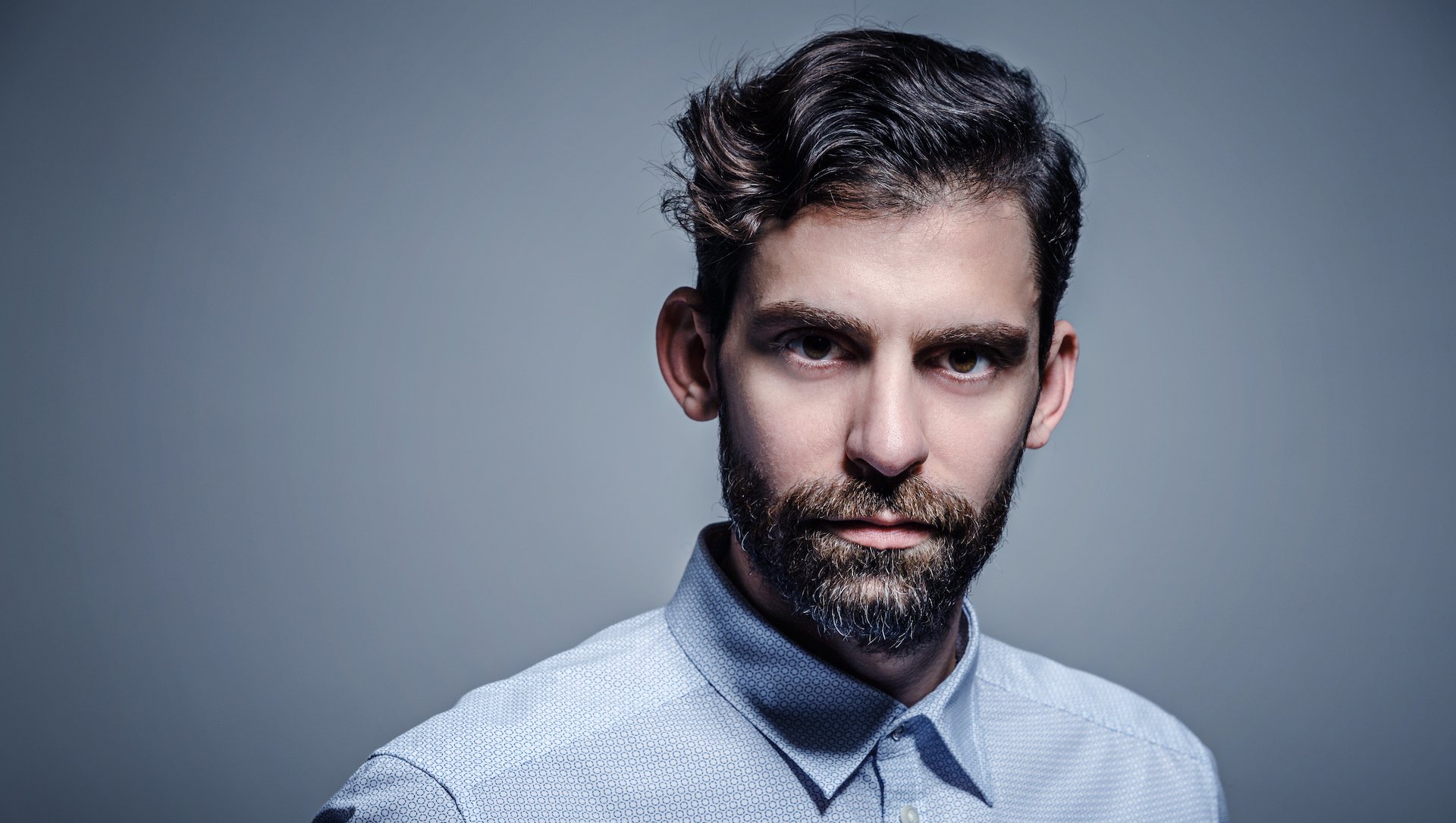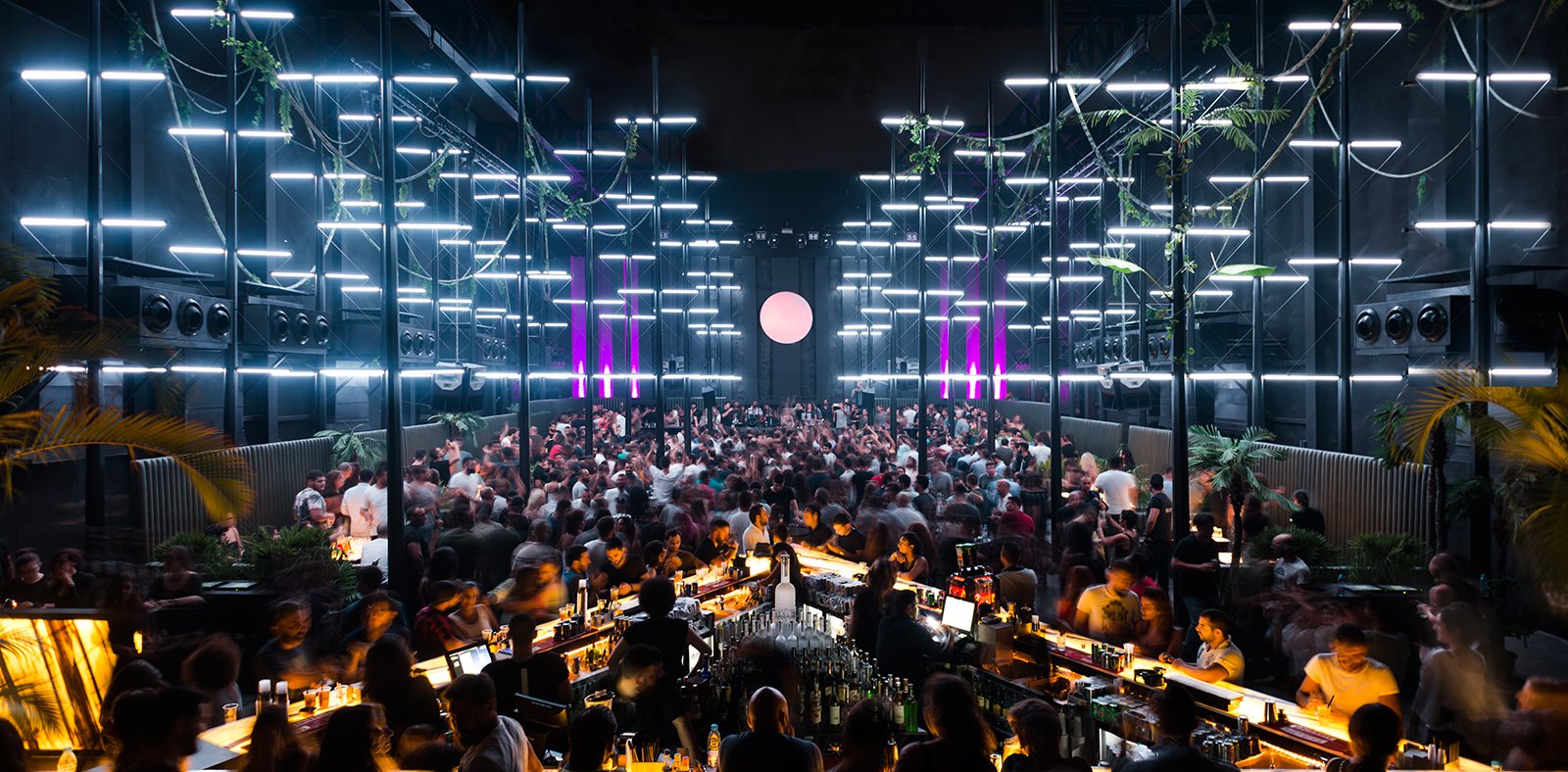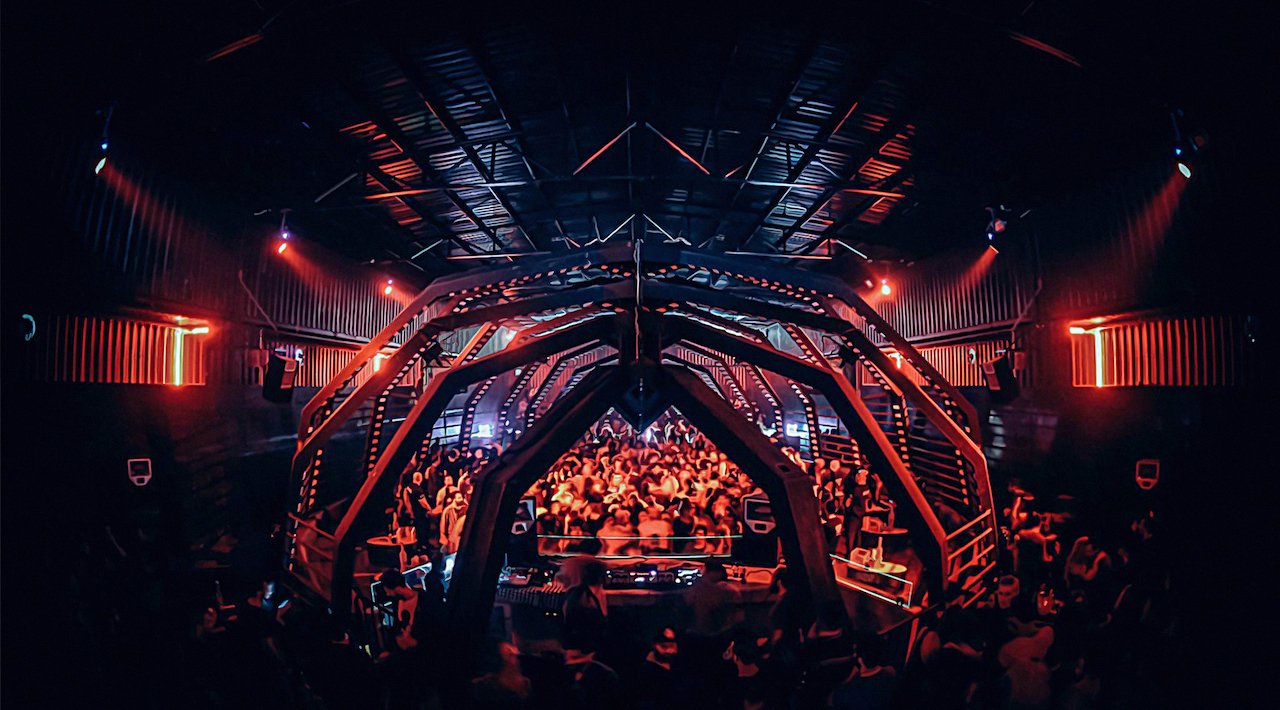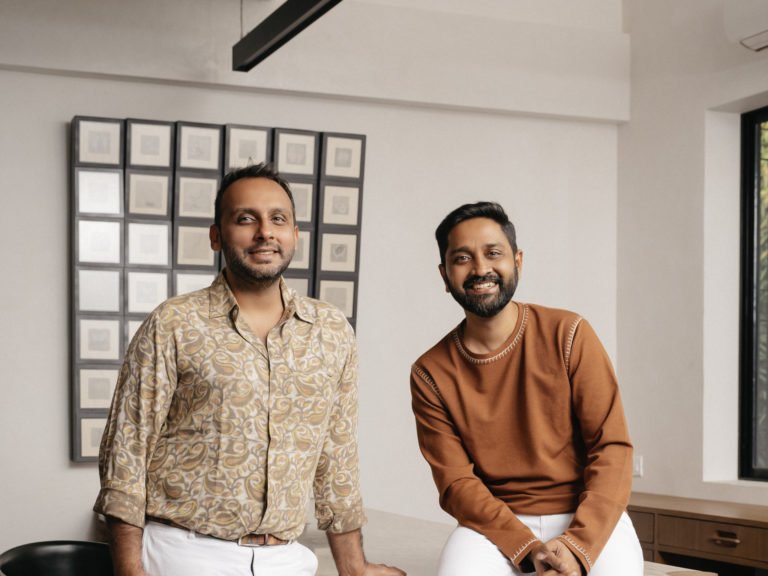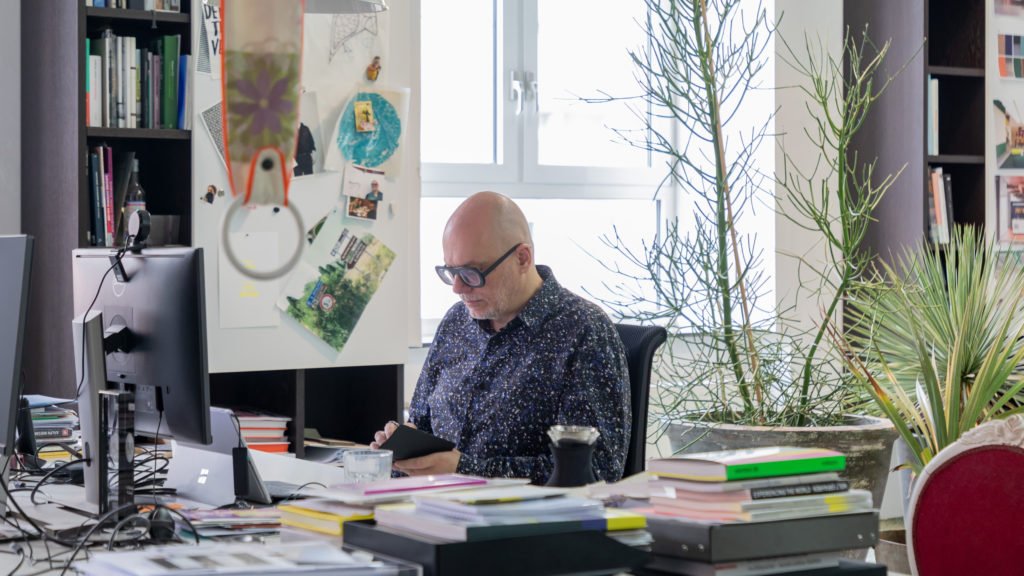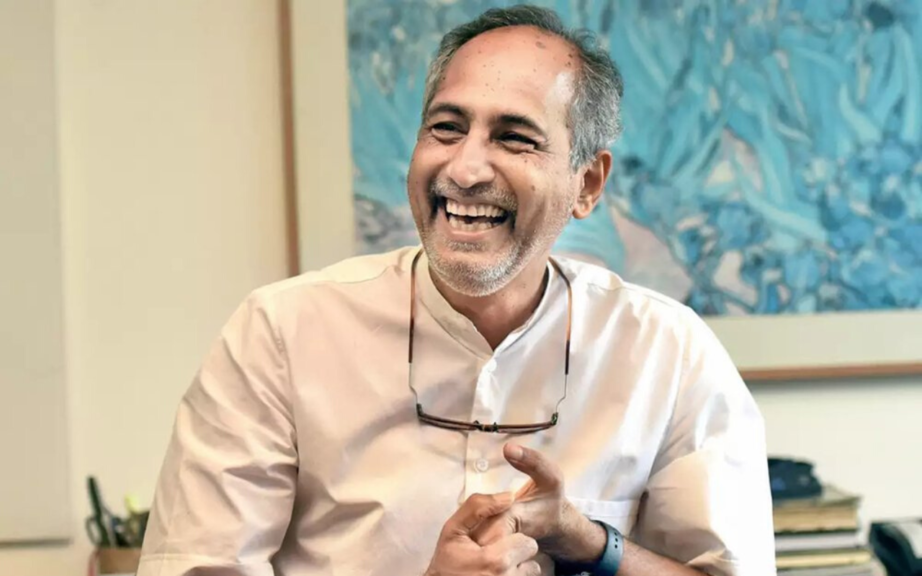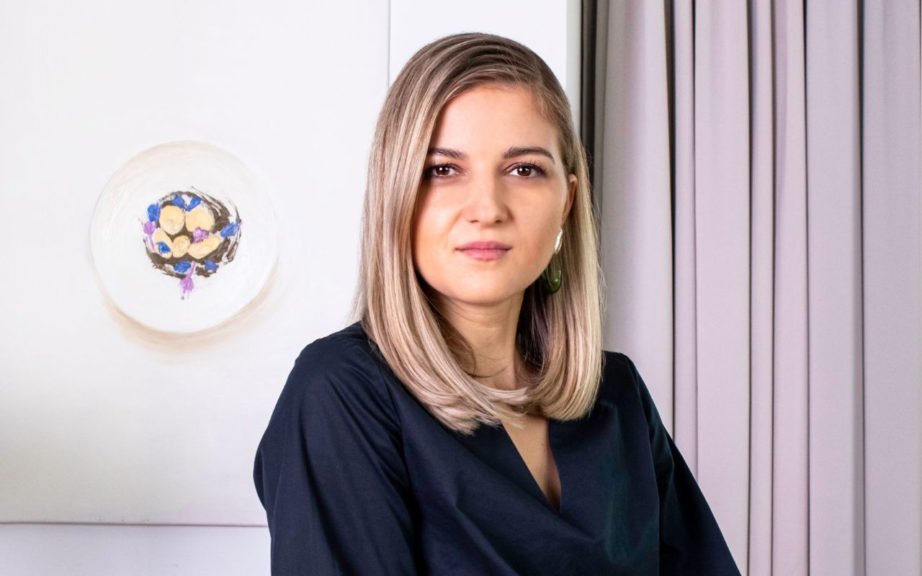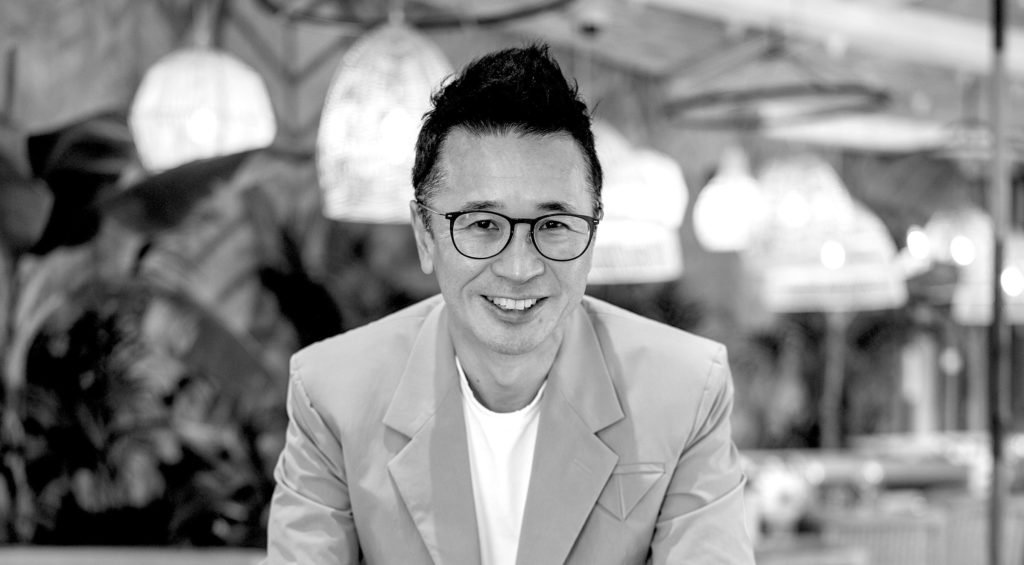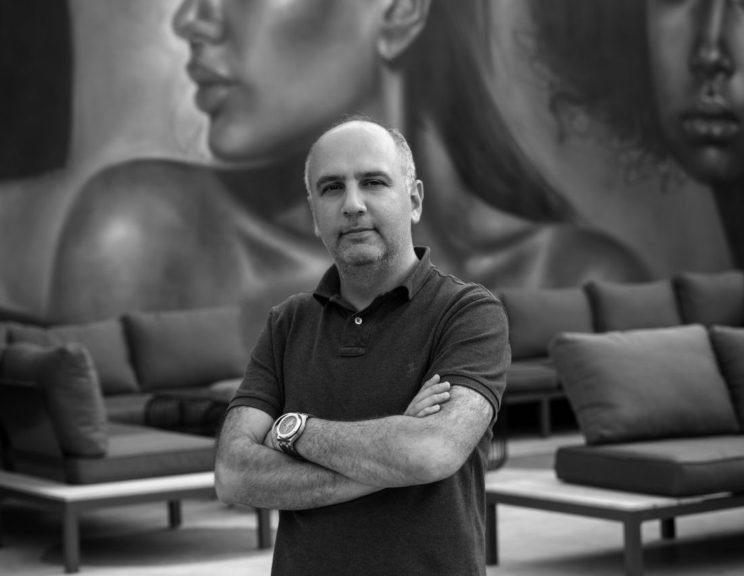From a three man team to a full fledged design practice, RG/Architects has come a long way. It’s founder, Rabih Geha has plenty to be proud of. Last year, RG/Architects’ project, 2Weeks, won the 2018 Commercial Interior Design Award in the Bars & Nightclubs category. We managed to pull him aside from his many commitments during Dubai Design Week, to have a chat and catch a glimpse inside his unique, storytelling mind.
The proud Lebanese-Croatian designer always knew he wanted a career in design. The spark was lit early on, and he attributes much of his experimental design personality to his mother. He recalls fond memories from his childhood with his mother, that involve making collages and art from wrapping paper – an activity that got his mind exploring creative angles to problems at an early age.
A naturally curious person, Rabih enjoys exploring new projects, and the RGA portfolio reflects this curiosity. Delve inside and you will find the Beurre Bakery and Mukhi Sisters Fine Jewellery Boutique store, projects that Rabih tells us pushed them to explore new design styles, but made them better architects in the process. Rabih is an advocate for learning and likes taking on challenges. He believes that experiences add character and distinction to his design.

